Every January, we’re pedalled pricey “superfoods” and supplements offering all sorts of promises, often flown in from faraway places. But what about more sustainable local, home-grown treasures for healthier eating?
“We have some of the best food producers here in Ireland, but people still want to buy protein bars with 30 ingredients with no thought to their gut health, our grand central station to our health,” says Heather Maguire, a nutritional health coach who focuses on the connection between lifestyle, quality food and gut health with her clients.
Her main aim, which sounds like what most of want in the new year, is to add “powerful foods into your diet that leave you feeling energised, dropping the brain food and lifting the mood”. Yes, please.
Maguire is not a fan of “new year superfoods”, citing it as one of her main bugbears for people looking to make changes. One of the first things she does with clients is take them around the supermarket, pointing out how the “good stuff” is often not located in the so-called “healthy food” aisle. She says we overlook the power of simple foods that are full of goodness, like plain yoghurt and berries, and urges people to look past trends and fads. “I am on a mission to bring awareness, prevention, change, and, to be honest, some much-needed common sense back to the table and our lives,” she says.
Looking beyond the trends and back into the past, Ireland has a long history of thinking about food functionally. A recently published Irish book, Cures of Ireland: A Treasury of Irish Folk Remedies by Cecily Gilligan explores Irish folk cures and remedies, many of which are culinary and herbal. Some of the cures noted included “nettle soup in the springtime for blood pressure, eating young dandelion leaves for gallstones and drinking honey in warm milk at bedtime for a good night’s sleep”.
Our ancestors brought common sense to everything they did, including what they ate and drank
— Bríd Mahon, author of Land of Milk and Honey: The Story of Traditional Irish Food and Drink
Remedies for arthritis included “dandelion tea made from the leaves in spring and sweetened with honey, or simmer wild garlic leaves in milk, strain and drink, or eat parsley, or apples, or take a seaweed bath”. For asthma you might “drink goat’s milk, or take carraigín (seaweed) in boiled water”. We treated coughs with “rosehip syrup (rich in vitamin C), dilute with hot water and drink”, and for gout, we would “eat parsley, or nettle soup, or apply honey”.
Gilligan admits she does not know the “medicinal value” of the “cures” she has gathered, but the fact they are part of the folkloric tradition and that they’ve been around for hundreds of years passed down from generation to generation says a lot, she believes. There are still many used day to day, such as honey for sore throats and colds. A traditional cure that saw a resurgence over the past few years was making a drink with carraigín to treat coughs – an ancient remedy praised to this day for its anti-inflammatory and expectorant properties.
In her authoritative book on Irish food history, Land of Milk and Honey: The Story of Traditional Irish Food and Drink, Bríd Mahon also mentions many “cures”, including buttermilk, which was “considered a certain cure for a hangover and was much in demand after weddings, wakes and festivals when some were in the habit of imbibing not wisely if too well”. She writes about whey being used as a cure for kidney ailments, upset stomachs and fevers, and how goat’s milk was said to cure anaemic complaints. “Our ancestors brought common sense to everything they did, including what they ate and drank.”
Here are some of the Irish superfoods that have been seeing us right for centuries.
Oats
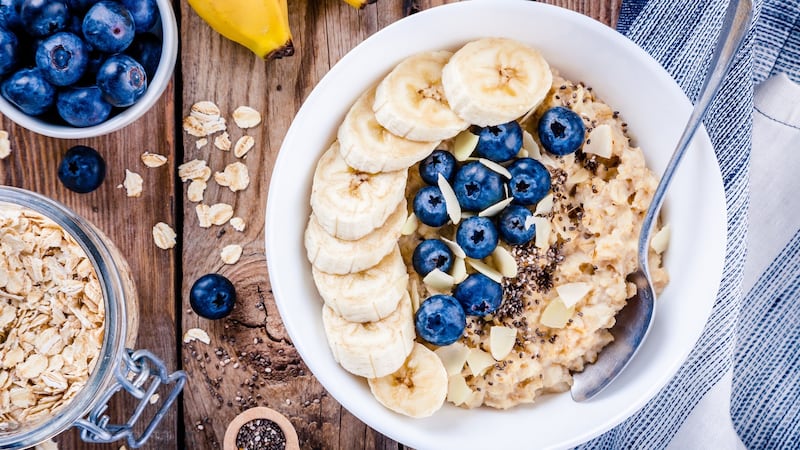
Oats have long been a staple of the Irish diet. “Since medieval times, porridge and gruel were valued for their nutritional and sustaining properties, and were regularly recommended for the young, the sick and those ailing,” writes food historian Regina Sexton in her book A Little History of Irish Food. She even notes that the monks recognised the positive values of porridge, calling for its inclusion in the diet of menstruating nuns.
Oats are still recommended to women in particular today, thanks to the B vitamins and magnesium. “They are full of soluble fibre, which can help with lowering cholesterol,” Heather Maguire adds. She recommends steel cut or pinhead oats, even though they take a bit longer to cook. “They have a lower GI (glycaemic index), which means they are digested more slowly and help with managing blood sugars.”
Pimp your porridge to add flavour and even more nutrition. Maguire recommends nuts, seeds and berries. “Our gut thrives on the diversity of our food, [we should be] aiming for 30 plants a week.” Another great home-grown hero food to add is a big spoon of yoghurt, making sure it’s plain, “non-sweetened with the only ingredients being the milk and the cultures. You’re adding now healthy fats and your fermented food.”
Beetroot
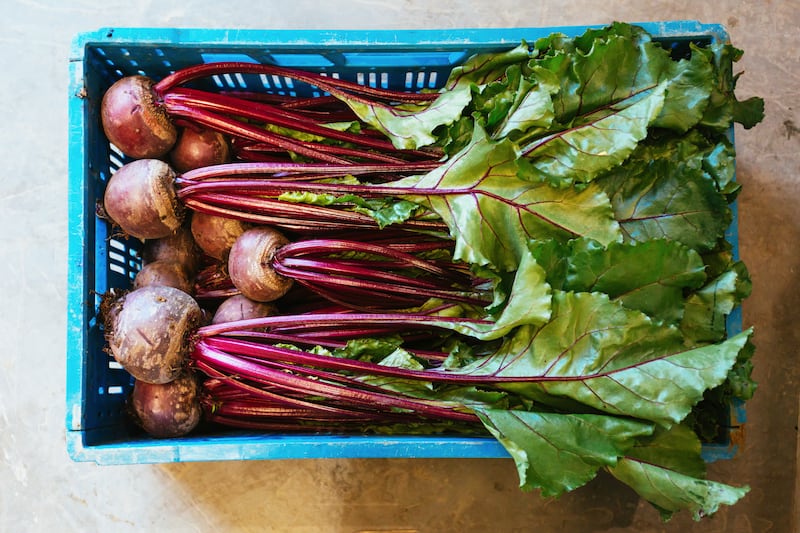
We’ve come a long way from vinegary crinkly jarred beetroot ubiquitous on Irish “salad plates”. Beetroot has had a well-deserved glow-up over the past decade or so, with good reason. “They are a nutritional powerhouse,” says Maguire. “They are high in B6 which your body can’t make, so you need to eat it or supplement it or both. B6 is so important for many things such as brain health, nervous system, and immunity.” They are a great source of fibre too. “People will always associate fibre with digestion, but it plays such a big role in our health. Feeds the good bacteria in our gut, helps manage blood sugars, lowers cholesterol and reduces inflammation.”
Beetroot also has plenty of folate, “important for red blood cell formation and healthy cell growth and function”, and nitrates that “when converted to nitrate oxide, signal the blood vessels to relax and can lower blood pressure and enhance circulation, improving workout performance and recovery”.
Sometimes the preparation can put us off – the boiling, the staining, the peeling. Cutting beetroots into wedges and oven-roasting or even air-frying them is an easy way to cook them, and it concentrates their delicious, sweet flavour. A young beetroot will cook in boiling water in 15-20 minutes, and when they are done, the skin rubs off easily.
Buy with the leaves still on for even more health benefits. The leaves are similar to chard, with a “higher iron count than spinach, and contain way more antioxidants than the beet itself”, says Maguire.
Mushrooms

When it comes to foods with big health claims, mushrooms are having a moment. Take a glance at any health food shop you’ll find a wide selection of mushroom supplements and powders with names such as lion’s mane, turkey tail, chaga and reishi. Mushroom tablets, teas and coffees are pitched as functional, with price tags to match the size of their claims. Mushrooms have been thought of as medicinal for millenniums and are an important part of traditional Chinese medicine. But what about everyday mushrooms we cook and eat?
[ There are old mushroom hunters and bold mushroom hunters but no old, bold onesOpens in new window ]
Your supermarket mushrooms are already packing quite a punch – low in calories, high in fibre and protein, and a source of potassium, selenium, riboflavin, niacin, folate and biotin. You can buy mushrooms enriched with vitamin D, which Irish diets often lack. You can do this at home yourself, by leaving them in sunlight for an hour. “They are also prebiotic,” says Maguire. “They encourage the growth of good bacteria in your gut.”
It’s easy to add more mushrooms into your diet – with eggs for a protein-packed breakfast, as a nutrient boost for salads, simply cooked and served on toast, or as a meat substitute. These days there are plenty of Irish-grown exotic varieties such as shiitake, oyster, maitake, nameko and white beech. Wild mushrooms are growing in popularity, too, offering even more of a nutritional punch, but pickers beware: always forage with someone who knows what they are doing until you know enough yourself. Look up Courtney Tyler or Bill O’Dea for expertise on wild mushroom foraging in Ireland.
Honey
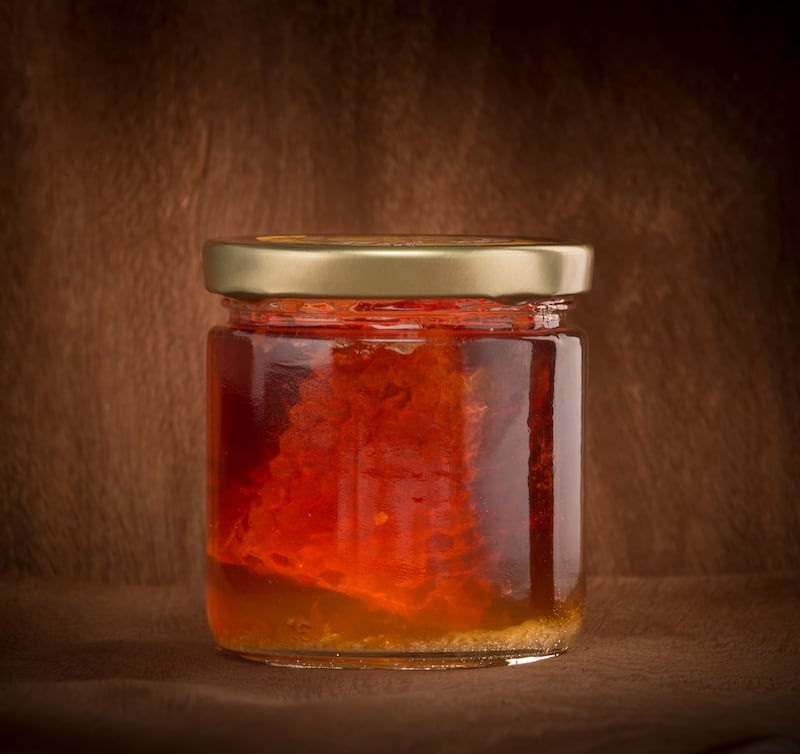
Honey has been a prized food all over the world throughout history. In Ireland there was a special section in Brehon Laws on beekeeping and honey bees. Historian Bríd Mahon’s book on the story of traditional Irish food and drink, Land of Milk and Honey, is so-called because of its role in Irish cures and remedies up to the present day.
According to a collaborative research project from teams at Trinity College Dublin and Dublin City University in 2018, Irish honey is a worthy alternative to imported manuka honey. The researchers found that Irish heather honey has a similar level of powerful antioxidants called phenolic compounds, which help to prevent damage occurring in the cells of the body.
Honey can be a source of enzymes, vitamins and minerals, but buyer beware – not all honey is as it seems. “Not every product labelled as honey is 100 per cent pure honey,” says Maguire. “Some are filled with artificial sweeteners, high fructose, and brown rice syrup and additives. We have some exceptional honey producers in Ireland; I would recommend knowing your supplier and your source and reading your labels.”
Look out too for raw Irish honey, which is less processed, and buy local to help to support native Irish bees. Due to its high sugar content, honey should be eaten in moderation, however – and may not offer much health benefit in such small quantities.
Oysters and mussels
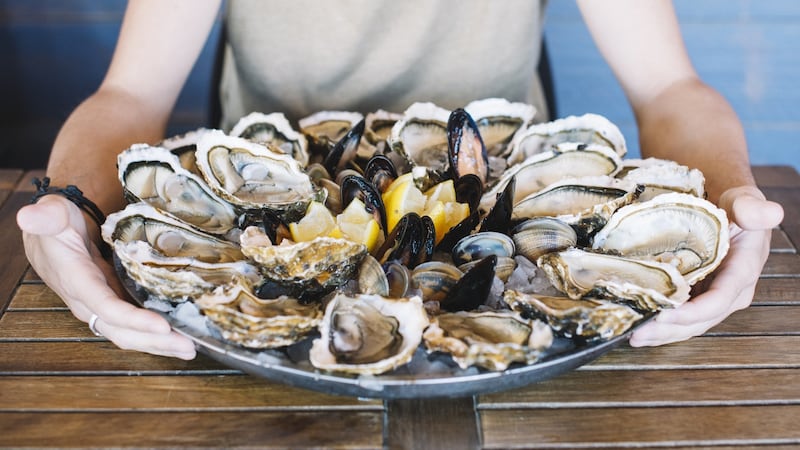
Oysters have also been gaining attention lately for their potent qualities, with several Irish “oyster extract” supplements now on the market. It’s no wonder; they are little parcels of goodness, rich in vitamin D, copper, zinc, manganese, selenium and protein. They are often touted as aphrodisiacs too, most likely because the combination of nutrients they provide is great for energy levels. Rather than reaching for the supplement jar, go for the real thing. Fresh Irish oysters are local, delicious and, as an island nation, we should be eating more of them.
The same can be said of mussels, a food we love to eat on holidays in Europe but often forget about at home. Mussels are some of the most affordable, nutritious and delicious things we can eat. “Oysters and mussels are rich in omega-3 fatty acids (healthy fats) which play an enormous role in our overall health,” says Maguire. “Healthy fats are essential building blocks for our brain, memory, mood and learning and they are anti-inflammatory. The body can’t make them; we need to get them from our food.”
Seaweed
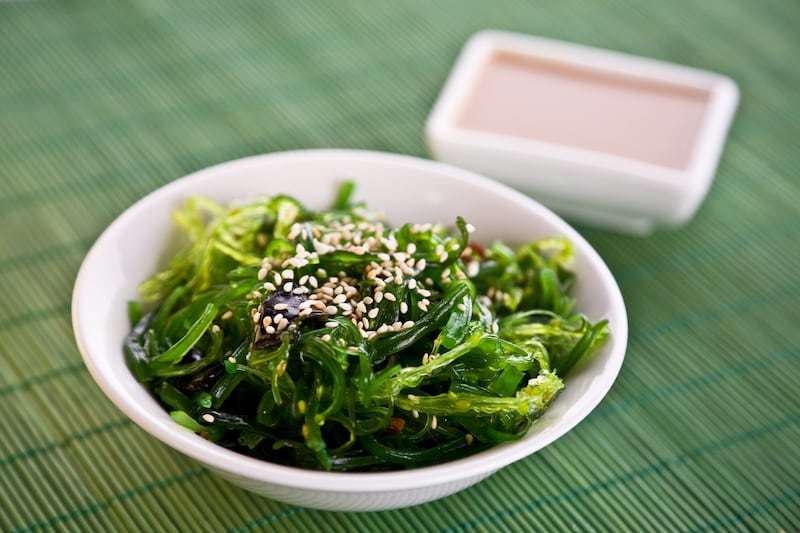
Seaweed is considered one of the most nutritionally dense forms of vegetation on the planet. It’s jam-packed with vitamins and minerals, with twice the vitamin C of oranges, 56 minerals and trace elements. It’s a source of calcium, vitamin B12, and antioxidants. There are claims that seaweed can help you live longer, fight disease, lose weight, and make your hair shiny. In Ireland, the nutritional powers of seaweed – particularly carraigín moss – have long been known, but it’s not the easiest thing to work into your diet. So where to start?
[ Seaweed: Ireland’s nutritional gift from winterOpens in new window ]
There are easier ways to get hold of seaweed than at the shoreline – look for dried Irish seaweed in shops and supermarkets to add a nutrient punch and deep umami flavour to salads, soups, stews, and stir-fries. Irish seaweed pestos are delicious stirred through eggs, on potatoes and on pasta.
If you do fancy getting your hands salty and foraging for yourself, look out for food writer Sally McKenna’s brilliant book Extreme Greens, or look up Silgo-based Prannie Rhatigan for seaweed guide books, walks, talks and workshops.
















